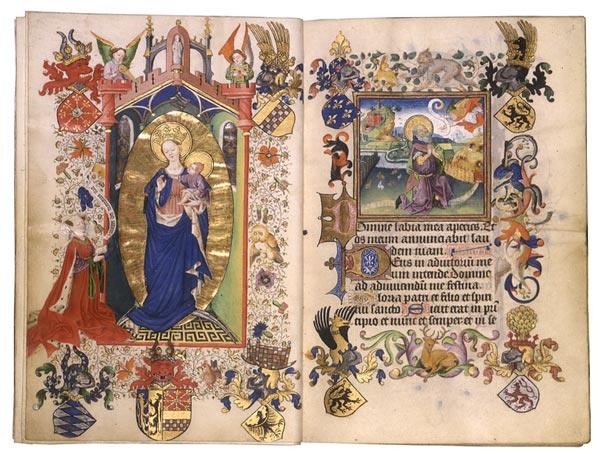Steam and the Speed of Light (1750- 1850)
Summary:
In this week’s class, we learned about the Industrial Revolution, the discovery of Japanese ukiyo-e, and photography. During this time, the Romantic period of art was mainly romantic and nostalgic. In 1789, the French Revolution took place and after years of unrest, Napoleon was crowned France’s emperor in 1804. The Industrial Revolution brought upon many technological advancements. These include the invention of the steam engine by James Watt, which also allowed the production of iron and steel, enabling huge changes in transportation. Factories could also make products in mass quantities, allowing the occurrence of mass consumption.
Many technologies were also created and developed for printing. In 1796, Alois Senefelder invented the lithographic printing, which also led to the invention of chromolithography by Godefroy Engelmann- essentially lithographic printing but with the addition of colour. The cast-iron press was invented in 1800 and was followed by the invention of the steam press in 1814. Both these inventions enabled easier, faster, and cheaper printing.
With the invention of Firmin Didot’s typeface (the 1780s- 90s), the first modern typeface was invented. Many more types were invented in the next years. In 1800, display types (fat faces) were invented by Robert Thorne; Vincent Figgins invented Slab-serif display faces in 1810; William Caslon IV then invented sans serifs in 1816.
Other notable events are the invention of Braille, the invention of photography- the heliogravure, daguerreotype, and calotype/talbotype-, and the discovery of ukiyo-e prints by the Japanese- which impacted Europe artists and society immensely.





